Have you ever wondered how some companies manage to send out thousands of promotional emails to their email subscribers in the blink of an eye? Welcome to the world of Email Blasts, where targeted messages reach the right audience at the right time. Knowing how to utilize this powerful tool is essential for boosting your business’s online presence and customer engagement.
In this article, we’ll dive into the nuts and bolts of an email blast, exploring its definition, benefits, and best practices for creating successful blast email campaigns. We’ll also discuss common pitfalls and misconceptions surrounding email blasts, ensuring that your email deliverability and click-through rate remain high.
Click-to-Open Rate: How Relevant Is My Email?
So buckle up and get ready to uncover the secrets behind one of the more controversial methods in digital marketing. By the end of this article, you’ll be equipped with valuable insights to help you harness the full potential of email blasts and make the most out of your email marketing efforts.
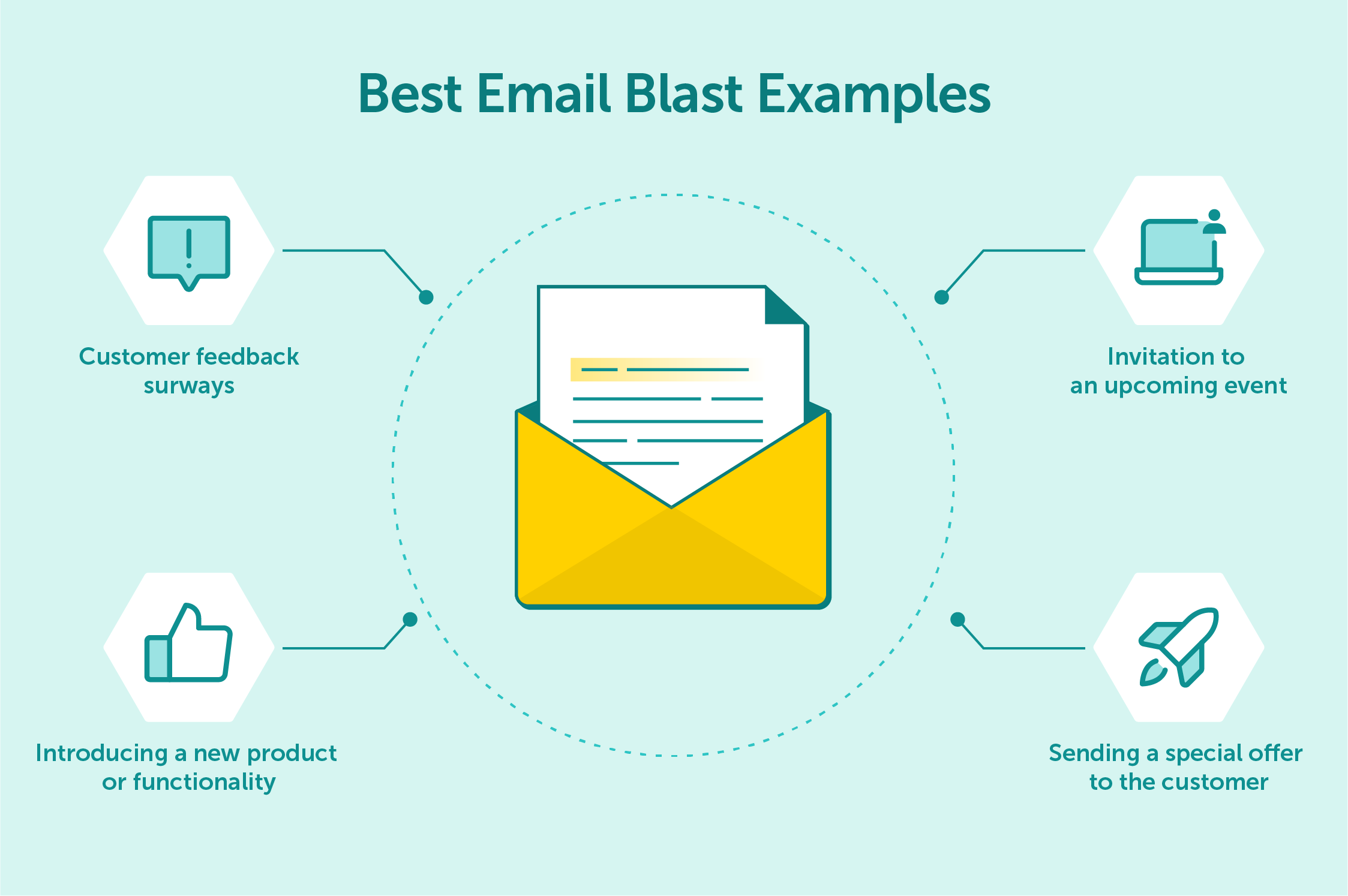
source: brafton
An email blast is a process of sending a single email message to a large group of recipients simultaneously. Although they differ from targeted marketing campaigns in terms of their broad approach, email blasts still hold value when used strategically.
Here are some key aspects that define the nature of email blasts:
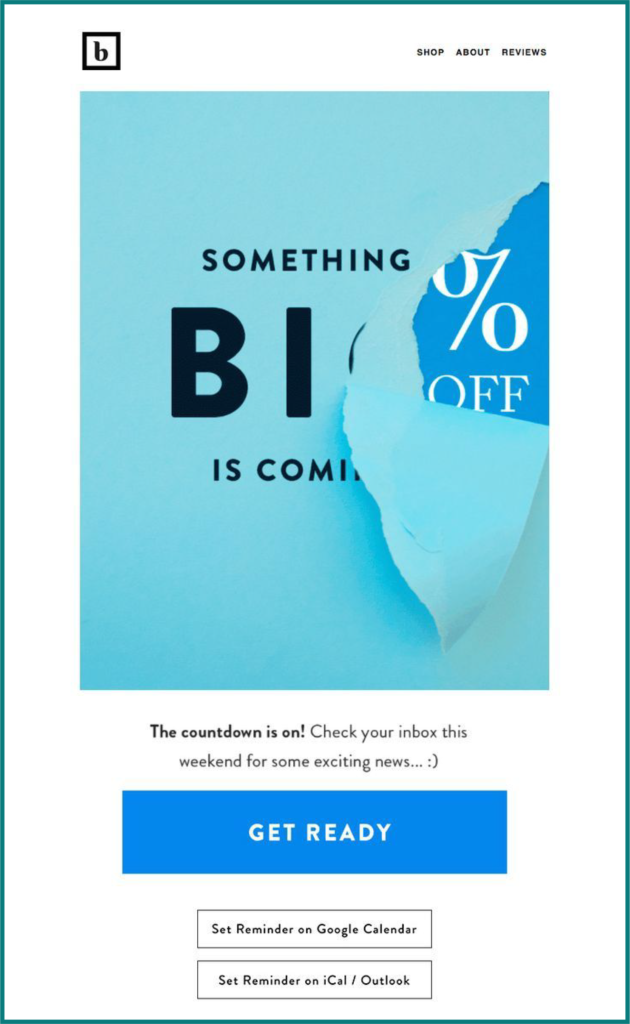
source: Pinterest
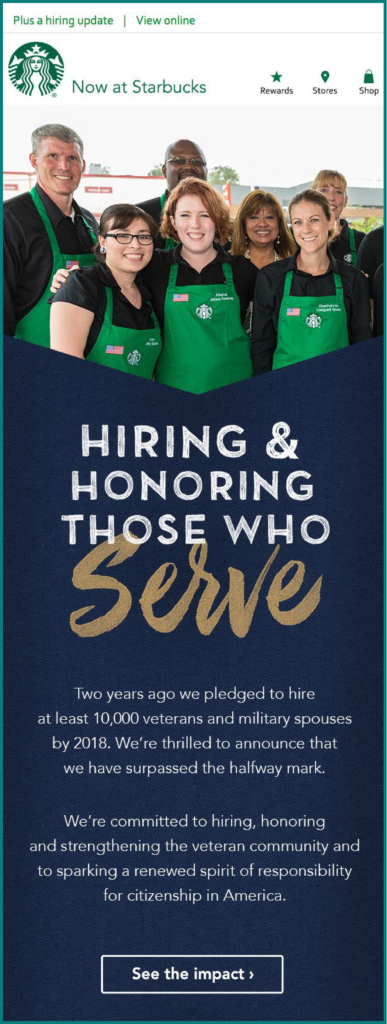
source: Pinterest
Now that we’ve established a clear understanding of what an email blast entails and its key components let’s examine how email blasts work in detail.
Maximize your email deliverability and security with EmailLabs!
A good email blast campaign begins with defining its goal and target group. While it is true that you’re sending email blasts to all your subscribers, it doesn’t mean that the content shouldn’t try to cater to their interests. The key to effective email marketing lies in creating engaging and relevant messages for your audience, and your email blast is not an exception.
To execute a successful email blast, you need three things: a good email copy, a reliable email blast service provider, and a well-crafted list of contacts. Let’s take a closer look at each of them. We’ll talk about crafting email templates later on, but for now, let’s focus on finding the right email blast service provider.
Chances are your ESP already offers some form of email blasting. In fact, all you need to execute a successful email blast is the technical capacity to send out thousands of emails in a short time frame. While this may not sound like a big deal, you need to consider your marketing email list size – as you decide to schedule your email delivery at the optimal time for your email subscribers, it can get quite demanding for the servers to process them at once.

source: Pinterest
There is one thing that should be mentioned about the nature of email blasts: the risk of landing in the spam folder. Due to how these are handled, certain email service providers may flag them as suspicious and run spam tests on traffic coming from your domain.
Spam Traps: What They Are and Why You Should Pay Attention to Them
As mentioned above, the emails you use to email blast your subscribers are not much different from your standard emails. However, there are certain aspects of email blasts that you should pay attention to if you want them to be successful.
The most important thing is to keep the content of your email blast relevant and engaging. This means making sure that the subject line, message body, and call-to-action are all relevant to your subscribers.
Just like with any other marketing email, the subject line is the first thing your email recipients see, so make it count. It should be catchy, attention-grabbing, and informative enough to draw people in.
The message body is where you explain the purpose of your email blast and provide useful information. Keep it short and to the point – you don’t want to bore your readers with long blocks of text.
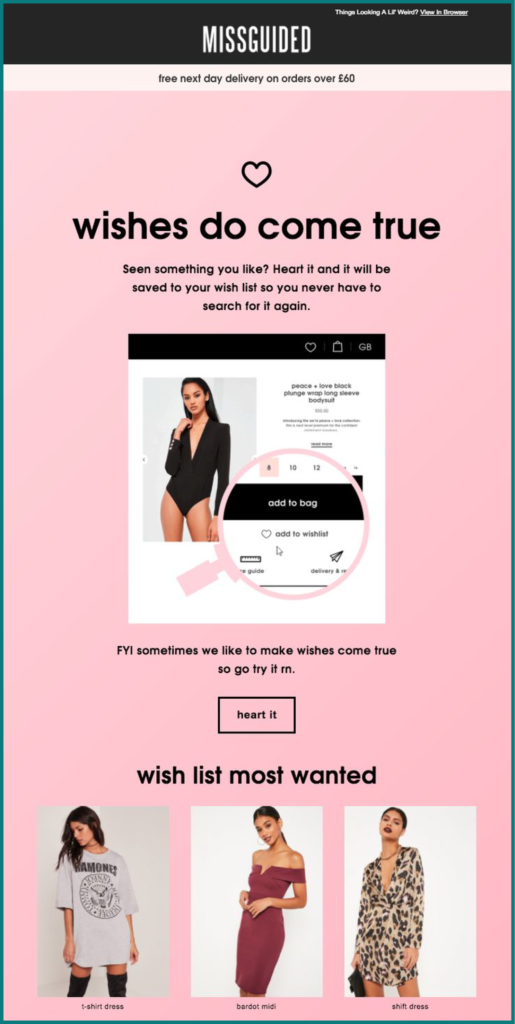
source: Pinterest
Missguided gets straight to the point – it informs customers about the new functionality, and later presents customers with a sales offer.
Finally, make sure that your call to action is clear and compelling. Whether you want people to visit your website, sign up for your newsletter, or make a purchase, the call-to-action should be well-defined and easy to find.
Although unsegmented email blasts, also known as broadcast emails or bulk emails, are sent to all subscribers on your mailing list, it’s essential to practice some level of segmentation for better results. By segmenting your audience, you can ensure that each group receives content tailored to their interests and preferences.
To create segments within your mailing list, start by analyzing data such as demographics, geographic location, online behavior, past purchase history, and new subscribers versus existing customers. This information will enable you to craft more targeted messages that appeal to different groups of subscribers within your contact list.
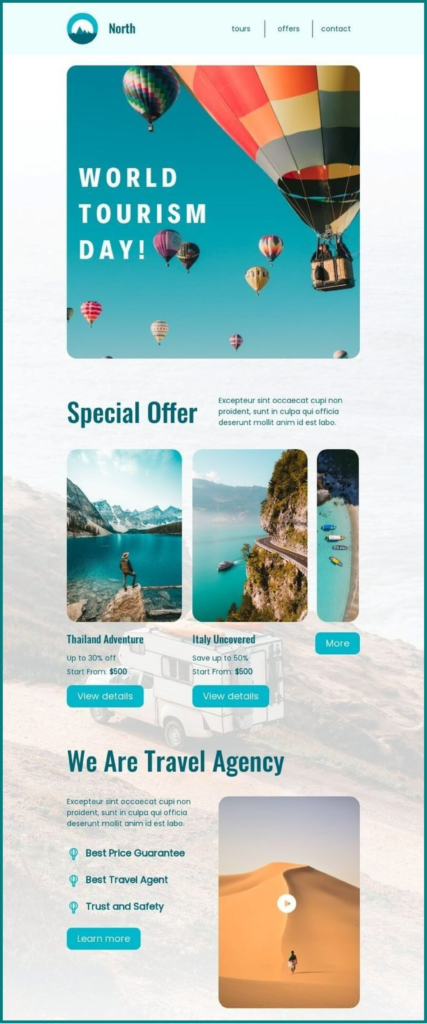
source: Pinterest
A well-crafted email blast should be not only visually appealing but also rich in valuable content. Focus on providing useful information that addresses the needs and pain points of your audience members – regardless of whether it’s about online training resources or exclusive promotions like a flash sale.
Alongside offering valuable insights, make sure to incorporate strong calls-to-action (CTAs) in your email blasts that guide readers toward taking the desired action. CTAs such as “Learn More” or “Shop Now” can significantly impact your campaign’s conversion rates and overall success.
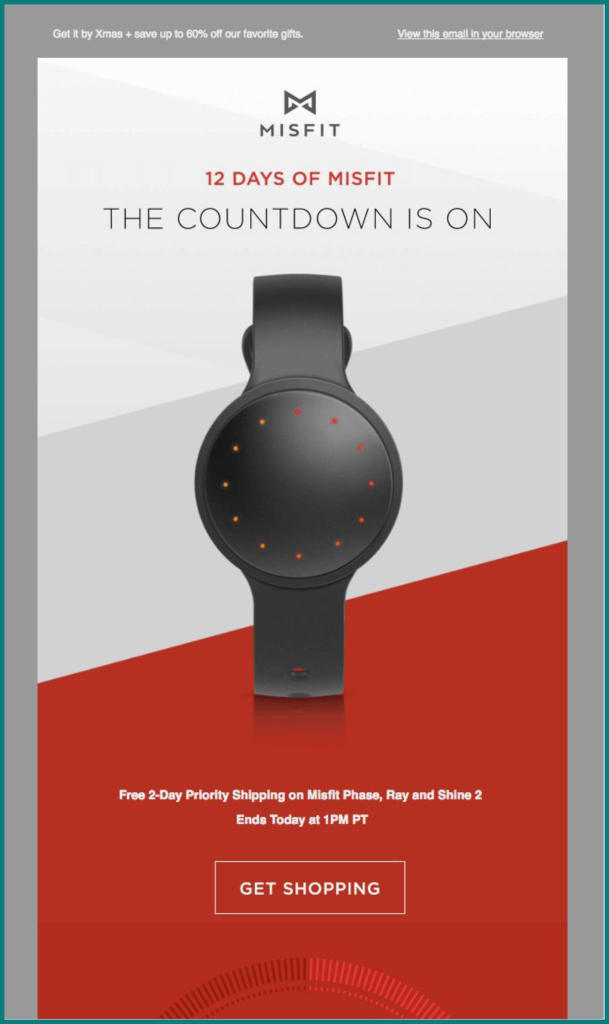
source: Pinterest
As mentioned earlier, personalization is key to increasing the effectiveness of your email marketing campaigns. Even with bulk emails, it is possible to integrate a level of personalization that makes each recipient feel valued and understood.
Personalization can be as simple as addressing the recipient by their first name or tailoring the content based on their preferences, interests, or past interactions with your brand. By leveraging marketing automation tools to personalize your email blasts, you can create a more engaging experience for your subscribers, leading to higher open rates and conversions.
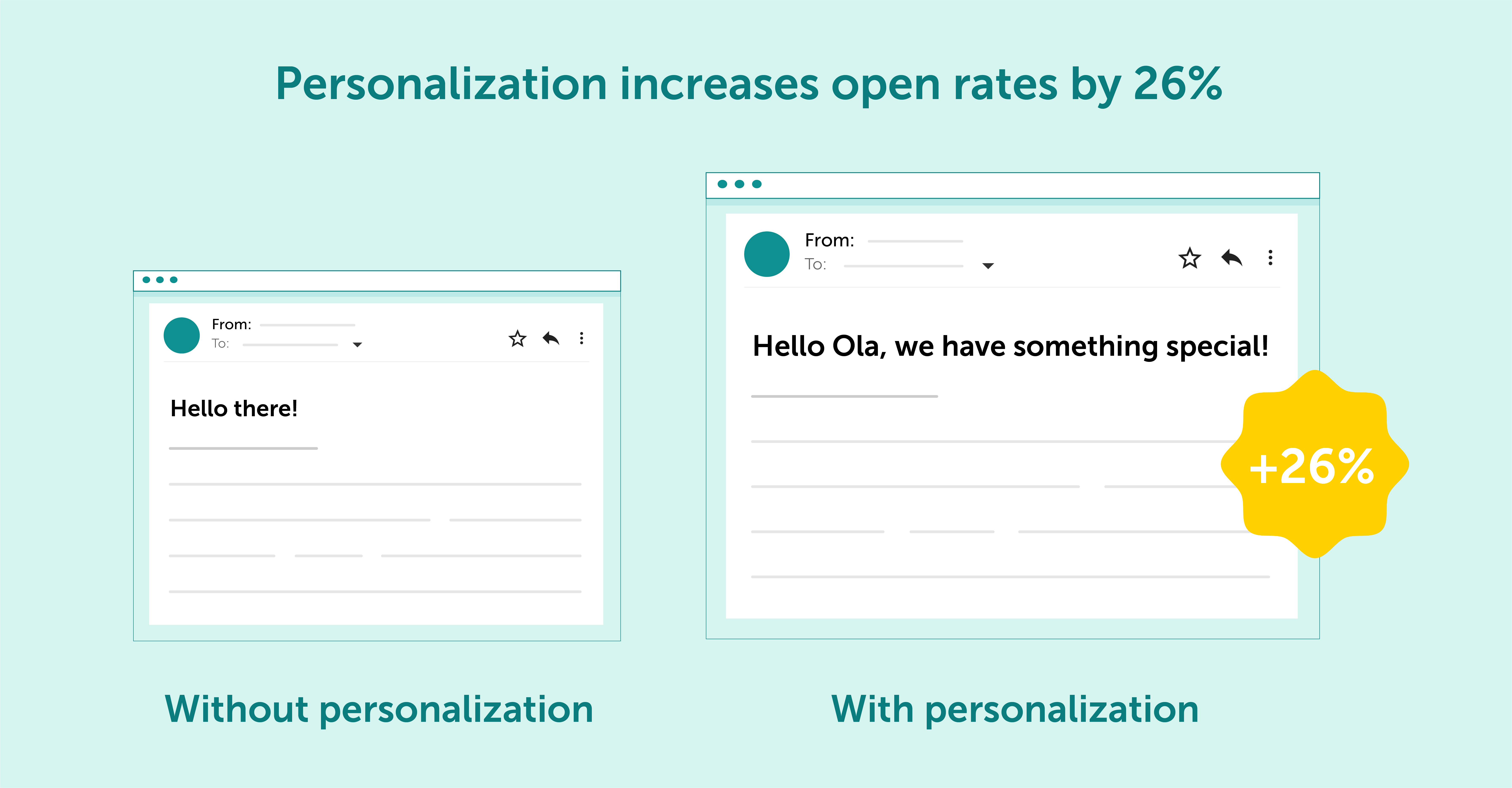
source: Experian
As mentioned above, e-blasts are rather “spammy” in nature. This is why you should do your utmost to ensure that your email blasts don’t end up in the spam folder.
15 Tips to Keep Email Out of the Spam Folder
First and foremost, you should pay extra attention to the common spam triggers. Email blasting one message to your entire list may not necessarily be a no-go – but using generic subject lines, inconsistent email design, and targeted content that lack personalization definitely is.
Depending on the complexity of your email campaign, you may want to create segments based on specific criteria, such as job titles or past interactions with your brand.
However, there are also other factors, more specific to email blasts, that contribute to landing in the spam folder.
It is a good idea to research email marketing regulations in your target market. As your email subscribers have given their consent to receive communications from you, you don’t have to worry about violating GDPR or CAN-SPAM legal regulations.
However, you should still be transparent about the nature of your email blasts, ensuring that users can easily identify them as promotional messages. Make it easy for subscribers to opt out of future campaigns by including an unsubscribe link in the footer of each email.
On top of that, following the email marketing good practices, such as using a reputable email marketing tool and not purchasing email lists, will also help you maintain a clean reputation and avoid spam folders. Needless to say, the more recipients flag your messages as spam, the more likely your future campaigns will be filtered out by spam checkers.
Not buying random email lists is common sense, but it isn’t the only way to maintain a healthy email list. You should also regularly update and clean your existing list, removing inactive subscribers, bounced email addresses, or those who have opted out of receiving communications from you.
The better you maintain your email list, the higher your chances of avoiding spam detection and improving the overall performance of your email marketing campaigns. Remember to encourage new subscribers to join your list by promoting it through various channels, such as social media, blog posts, or on your website.
Double opt-in can also help you maintain proper hygiene of your mailing base. By double-confirming your email address, you reduce the likelihood that faulty data will end up on your mailing list.
There is some controversy regarding email blasts. Some experts refer to them as harmful to your brand’s reputation, as the term itself has some negative connotations, and the practice itself is often associated with spam.
Email blasts can be, however, a good starting point in all those cases when you are looking for a simple way to reach all of your subscribers at once. As for why you would want to do that, there are plenty of reasons, including:
Email blasts, if used sparingly, can expand your reach among the people on your subscriber list. This is especially true for those who have already forgotten about your services and need a reminder of why they should stick around.
By sending out an email blast, you can remind them about your services and make sure that they remember you when the time comes for them to need what you have to offer.
Likewise, email blasts can improve your email marketing strategy by providing your subscribers with interesting content that will keep them engaged.
With the right approach, you can create an email blast that is not only informative but also entertaining and interactive. This way, you can boost customer engagement and encourage them to interact with your brand more often.
Finally, email blasts can be an effective way to increase your return on investment (ROI) since they are usually cheaper than other marketing tactics and require fewer resources to set up and maintain. As such, if you are looking for low-cost solutions that will foster good relationships with your customers with minimal effort, email blasts may be the right choice for you.

source: Pinterest
Given the nature of email blasts, you may have encountered certain myths or misconceptions regarding the use of this method in your email marketing. Possibly the most common one is that any email blast is spam.
This is certainly not true. As long as you adhere to the principles of permission-based marketing and make sure that your emails are relevant, useful, and have clear opt-out options, there is no reason why you should be labelled as a spammer. Furthermore, there are legitimate reasons why you would want to send blast emails.
For instance, imagine a scenario where you’re live-streaming an event and want to share a giveaway link with your entire list of email subscribers. Using emails instead of live chat or other methods of communication can help you manage the promotion more efficiently and reach a wider audience.
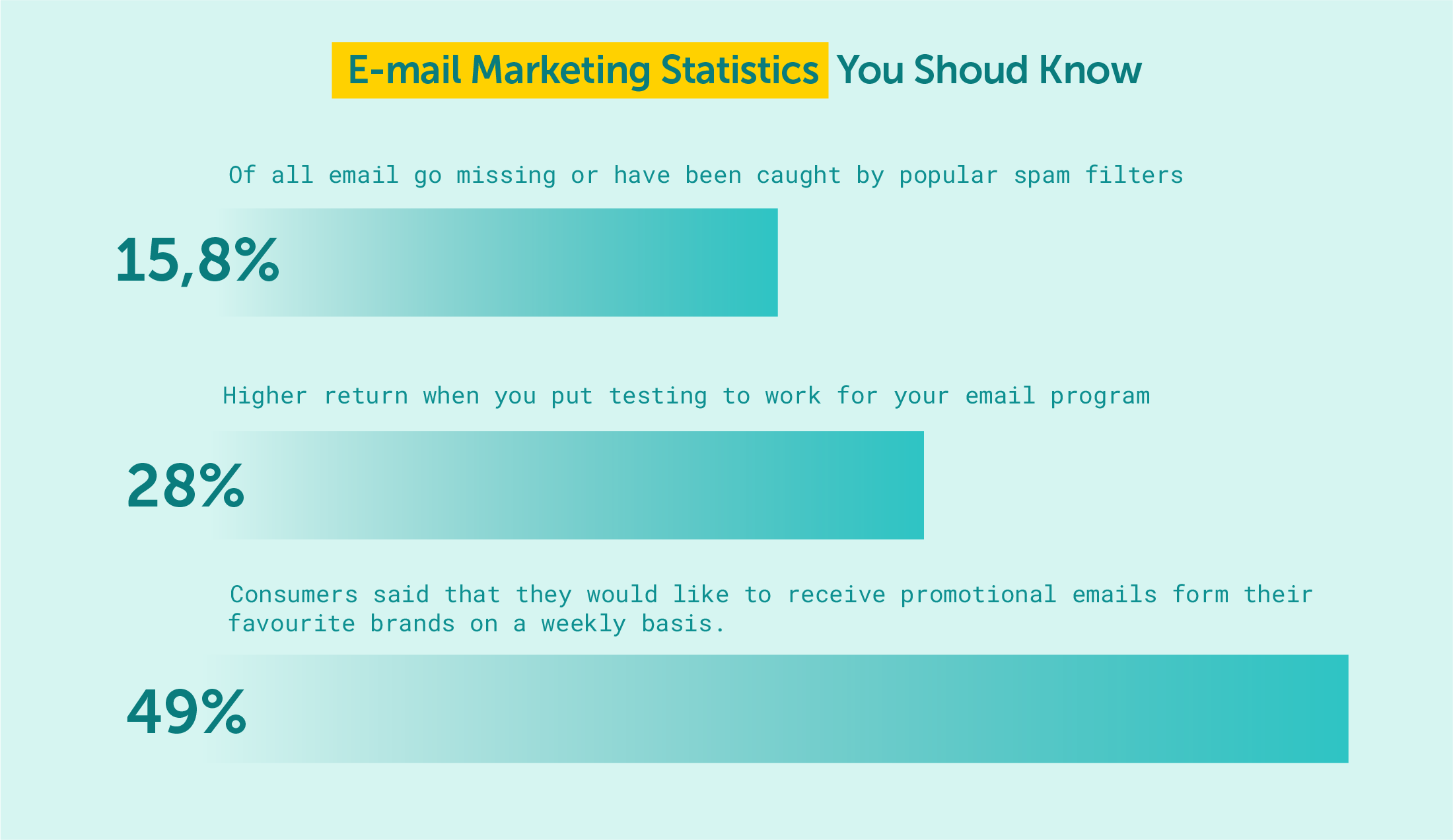
source: Statista, Litmus, Email Tool Tester
Maximize your email deliverability and security with EmailLabs!
Aside from this, you may have heard other myths regarding email blasts, such as that you need specific infrastructure or software to execute them. This is simply not true – in fact, all you need is an email marketing tool and your existing mailing list. Your only concern should be to make sure that your email server is capable of handling the increased load.
Similarly, you don’t need to be a large, established corporation to run an email blast strategy. The same principles apply to small businesses and startups. As long as you don’t annoy your recipients with too many emails or irrelevant content, you can still benefit from email blasts.
Another misconception is that you need to send out the same message to all your subscribers. This may be true in some cases, but it’s not necessary – depending on the complexity of your email campaign, you can easily tailor your messages and content according to specific user segments or interests. The question of whether blast emails can be personalized leaves some room for doubt, but there is definitely a way to make them more relevant and engaging.
Despite the many misconceptions about email blasts, it’s important to remember that this type of marketing can and should cater to your subscribers’ needs and interests.
The key here is to embrace modern email practices, such as personalization, segmentation, and automation. By leveraging these strategies within your email campaigns, you can maximize their effectiveness and ensure that your emails are not filtered out by spam detection algorithms.
The key is to keep your email marketing strategy varied and dynamic, making sure that you don’t overuse any one type of email. This way, you can maintain a healthy balance between automated messages and promotional emails, ensuring that your subscribers stay engaged with your brand.
With the right approach and tools, such as EmailLabs, you can create successful email blast campaigns that deliver results and generate ROI. So don’t be afraid to give it a shot – using this powerful tool in your marketing strategy may just be the push your business needs to take its online presence to the next level.
Gmail has announced significant changes in the requirements for email senders to maintain a good reputation and proper classification of messages in user inboxes starting from February 1, 2024....
Vercom S.A. public joint-stock company to which the EmailLabs project belongs, has been assessed and certified to be compliant with the ISO/IEC 27001 and ISO/IEC 27018 standards. The Vercoms’...
The increasing number of phishing attacks each year, and the projection that this trend will continue to escalate, aren’t likely to astonish anyone. This can be attributed, in part,...
Out of all the things that can go wrong when sending out marketing emails, having your emails end up in the recipient’s spam folder is arguably the most dreaded...
Email Authentication, Security
DMARC is an email authentication protocol that is designed to give domain owners the ability to protect their domain from unauthorized use, commonly known as email spoofing. Spoofing occurs...
With the emergence of the Covid-19 pandemic, many brands have been challenged to adapt in a short period to the changed reality and new consumer attitudes. That meant reorganizing...
Have you ever sent an email in haste and immediately wished you hadn’t? It happens more often than we’d like to admit. If you ever find yourself in this...
One safe and easy way to keep track of your digital interactions is to save emails as PDFs. However, do you know the best ways to easily turn your emails into PDF files? In this article, we’ll look into the different ways you can do to turn your emails into accessible PDF files. Let’s start! Key Takeaways To save emails...
Sending large files online can sometimes feel like maneuvering through a maze with unexpected twists and turns. The frustration of hitting attachment size limits or dealing with slow uploads...
Have you ever sent an email in haste and immediately wished you hadn’t? It happens more often than we’d like to admit. If you ever find yourself in this...
One safe and easy way to keep track of your digital interactions is to save emails as PDFs. However, do you know the best ways to easily turn your emails into PDF files? In this article, we’ll look into the different ways you can do to turn your emails into accessible PDF files. Let’s start! Key Takeaways To save emails...
Sending large files online can sometimes feel like maneuvering through a maze with unexpected twists and turns. The frustration of hitting attachment size limits or dealing with slow uploads...
Are you a bit baffled by email protocols like IMAP, POP3, and SMTP? Have no fear – this article is here to explain it all. If you have ever...
In 2024, global providers like Gmail and Yahoo have implemented a series of changes, primarily targeting bulk senders. These changes, already in effect, are part of a continuous update...
In the face of dynamic technological advancements and increasingly sophisticated cyber threats, ensuring network security has become crucial. Dozen security incidents present a challenge that we cannot afford to...
Google and Yahoo's Requirements
2024 marks a turning point in the fast-paced world of email deliverability, as this is the year when Google and Yahoo updated their sender requirements. With the enforcement period...
Best practices, Email Marketing
B2B email marketing – it’s a term you’ve likely heard before, but what does it really entail? And, more importantly, how can it be done effectively? In this article,...
Deliverability, Sending Reputation
Email sender reputation is one of the most important factors that can determine whether your emails reach the intended recipient or not. So, what is the email sender reputation,...